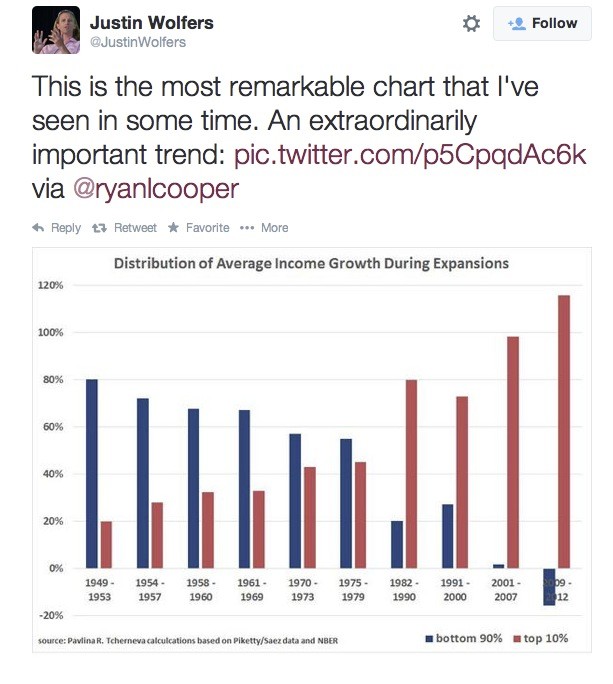Radical Change is Wrought in Private Equity by a Race Among Fund Managers for Non
Post on: 23 Июнь, 2015 No Comment

U.S. public pension fund dominance is in decline as private equity fund managers diversify their investor bases. The power shift to non-U.S. capital has big implications for how and where private equity cash is ultimately invested.
Nine months ago I inaugurated this series of columns by making the case that money from non-U.S. institutional investors was a more promising source of capital for private equity fund managers than retail investor cash. I spent considerable time explaining why fund managers were eager to find alternative capital sources before pension funds enter drawdown phases to pay the retirement benefits of baby boomers.
I’ll now delve into a more immediate catalyst behind what is fast emerging as a race among fund managers for the non-U.S.-owned dollar.
In March data provider Preqin caught industry observers by surprise. reporting that only 13 percent of capital committed to private equity funds closed between 2011 and 2013 came from public pension funds – less than half the 27 percent share they held in 2008 to 2010 fundraisings. Given public pension fund dominance of fundraising and the preeminence of U.S. public pension funds, that’s a big deal.
Public pension funds accounted for the lion’s share, or 47 percent, of the $313 billion committed to private equity over the last five years by the industry’s 50 biggest investors. with some two thirds of that retirement fund money supplied by U.S. public pension funds, according to data released this month by media and research group Private Equity International.
U.S. Public pension funds’ falling market share of private equity commitments is not proof that their pull back from the asset class has begun. The average public pension fund allocation to private equity has actually held remarkably steady in recent years, declining only fractionally to 6.2 percent of the typical pension fund’s overall investment portfolio in 2014, down from 6.3 percent in 2013.
U.S. public pension funds’ dwindling importance is driven by a new, post-financial crisis fund manager priority to create uncorrelated global investor bases capable of withstanding national, or even regional financial crisis. The intense courtship of non-U.S. investors by fund managers, and a corresponding desire among the former to invest in private equity, shows up in the Preqin numbers referenced above. The proportion of aggregate capital in private equity funds held by the most representative type of rapidly growing non-U.S. capital pool – Sovereign Wealth Funds – doubled to 10 percent in January 2014 from half that in 2009.
The momentum behind global investor diversification is stunningly strong. Polls carried out this summer among the more than 1,100 private equity fund managers from over 60 countries that are members of Palico. the online private equity marketplace that I founded two years ago, reveal that 91 percent of fund managers say that diversifying their investor base is “a major fundraising priority,” while more than four-fifths report that they are increasingly soliciting capital from investors outside the U.S.
The growing success of campaigns to assemble globally diverse private equity investor bases is supported by vivid anecdote. Donald Gogel, chairman and chief executive of highly respected private equity fund manager Clayton Dubilier & Rice, recently noted that more than half of the $6.4 billion raised for CD&R’s new flagship Fund IX, which closed in early May (after the firm turned down about $2 billion in extra investment), came from investors outside the U.S. Much of it was committed by sovereign wealth funds in Asia and the Middle East. Less than 20 percent of the first fund Gogel raised for CD&R some 25 years ago came from outside the U.S.
The supply of non-U.S. capital available for private equity investment is rising in surprising places. Nigeria, Africa’s largest country by population, is liberalizing regulations to allow pension funds to invest in the asset class. That’s symptomatic of a general relaxing of rules that until recently severely limited private equity investment from most emerging markets. Assets under management in Nigeria’s pension funds have tripled in five years to $25 billion, even though less than 10 percent of workers are enrolled in a pension plan. Estimates. considered conservative by many, show assets in Sub-Saharan Africa’s six largest pension fund markets – all of which are investing in private equity today – doubling to $622 billion by 2020 and rising to $7.3 trillion by 2050.
So what does the shift of capital supply away from the U.S. mean for where and how private equity fund managers invest?
It’s likely that alternatives to classic primary fund investment, notably direct investment, co-investment and secondary fund investment, will gather strength if U.S. public pension funds continue to lose market share to more moneyed, and frequently more dynamic overseas peers, whether they are sovereign wealth funds, pension funds, endowments or family offices.
Most importantly, the move towards non-U.S. capital implies a rapid diversification of investment destination. The bulk of private equity commitments are still invested in North America and Europe. But if emerging market pension funds and sovereign wealth funds take the lead from U.S. public pension plans in backing private equity managers, the vehicles of those managers will increasingly buy assets in their investors’ home countries. That’s marketing logic, but it makes investment sense too, given the high growth rates of the developing world.














